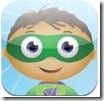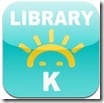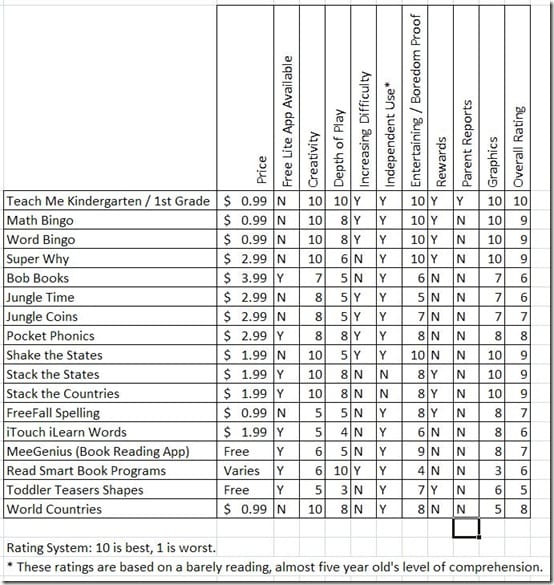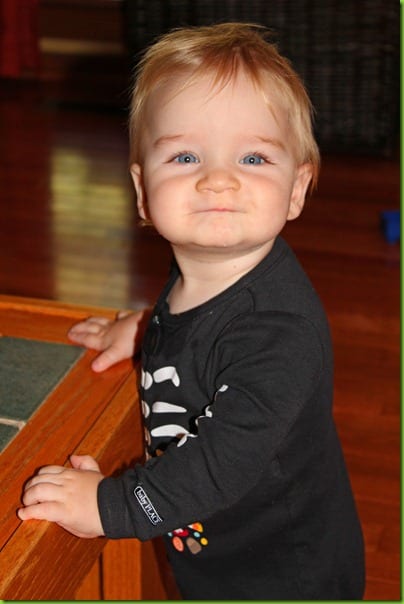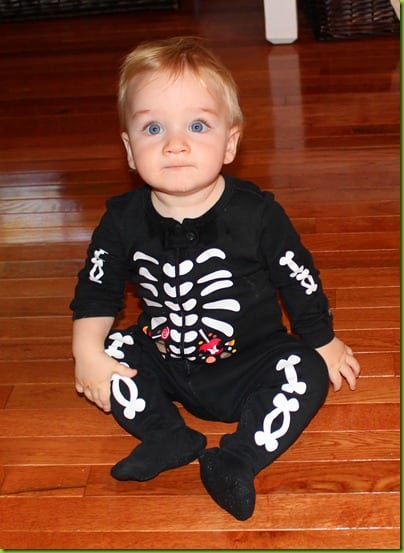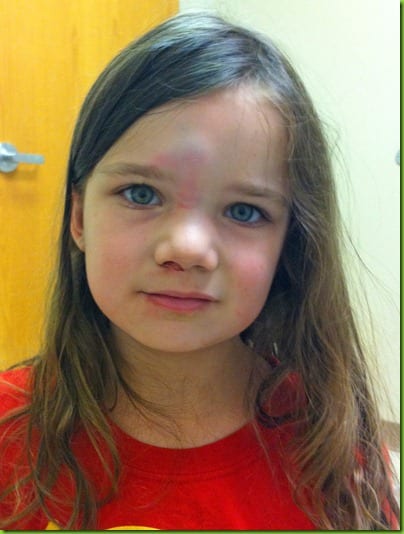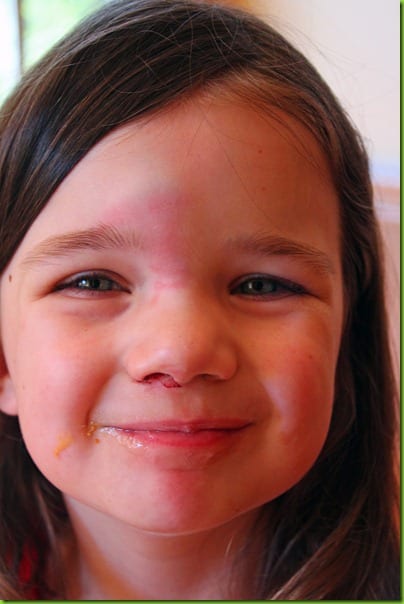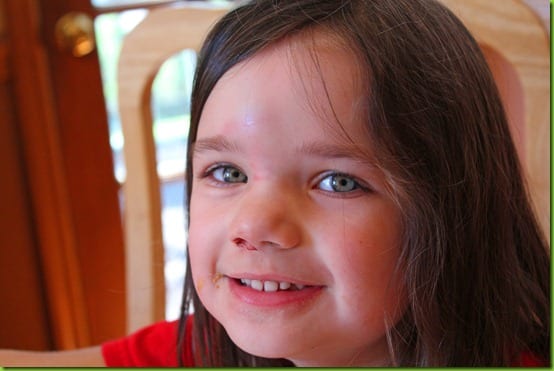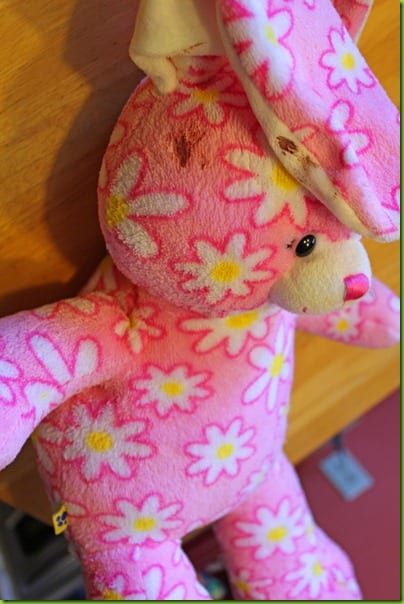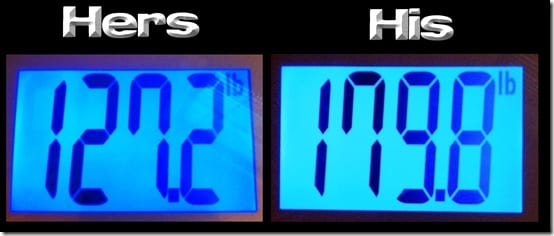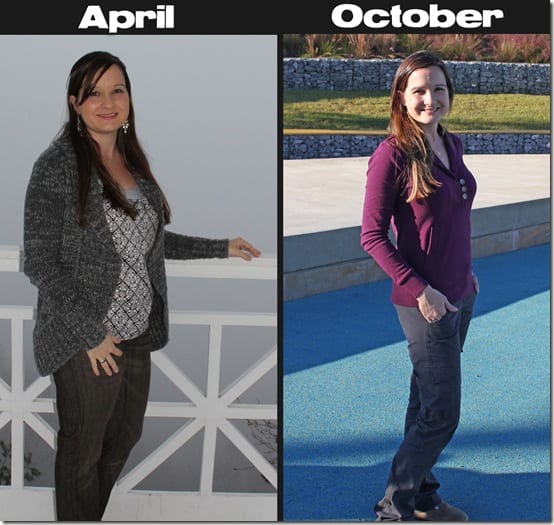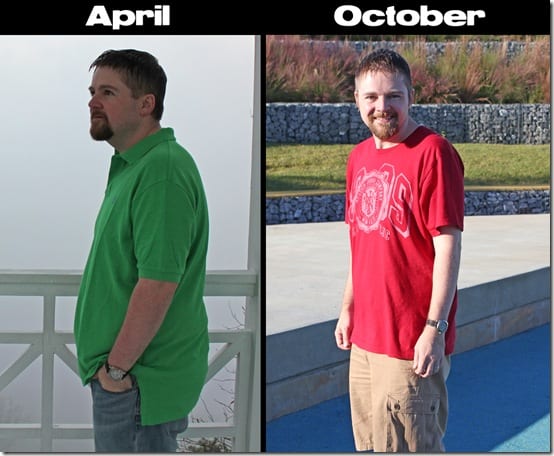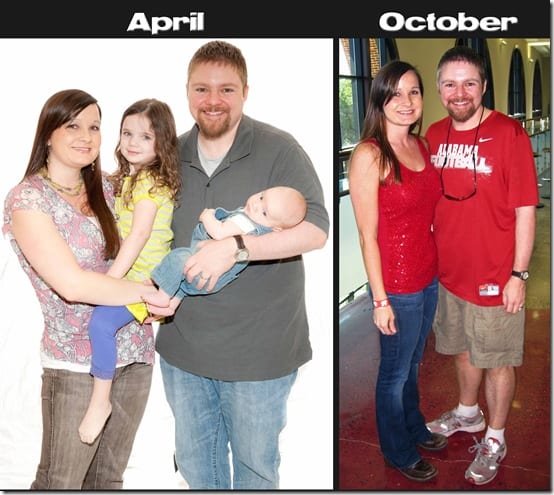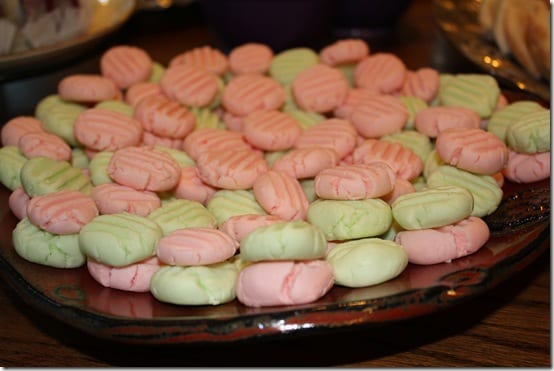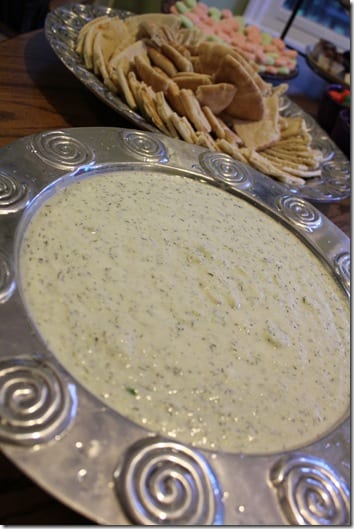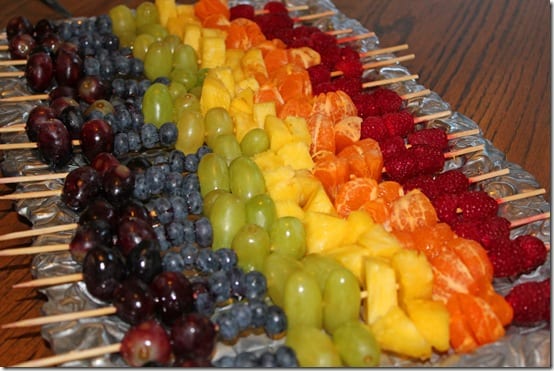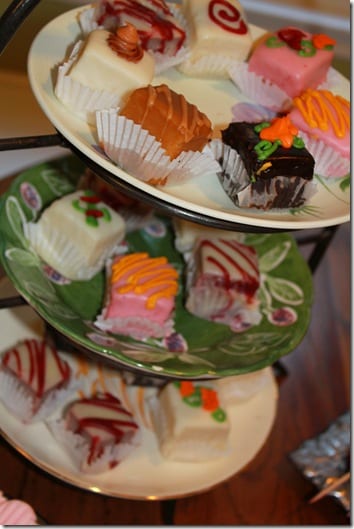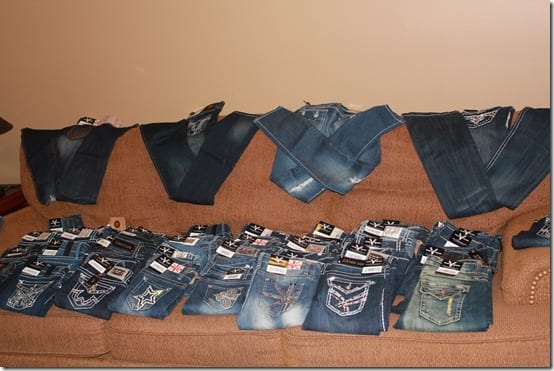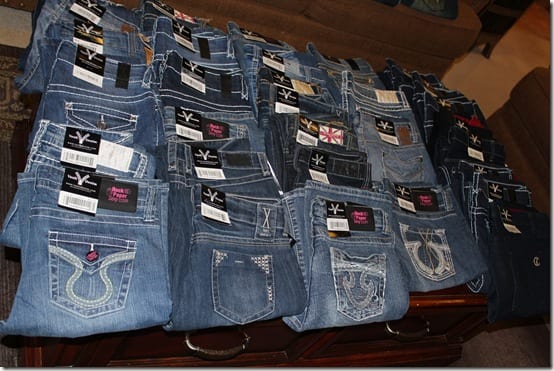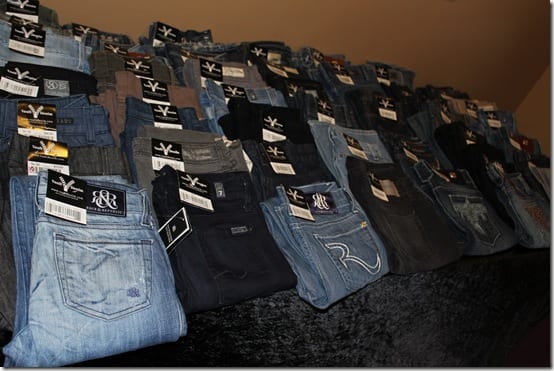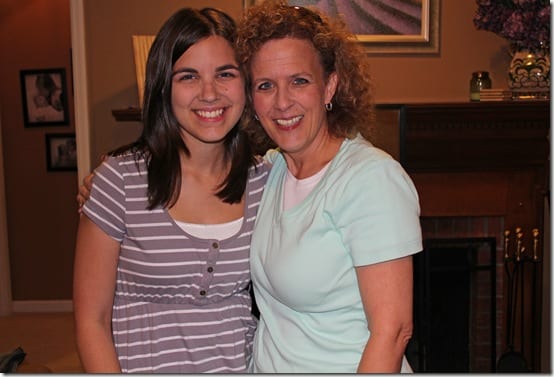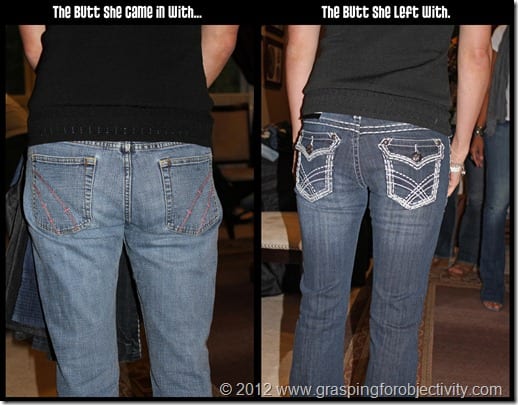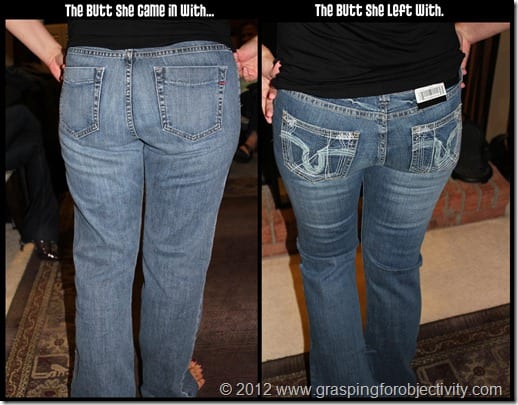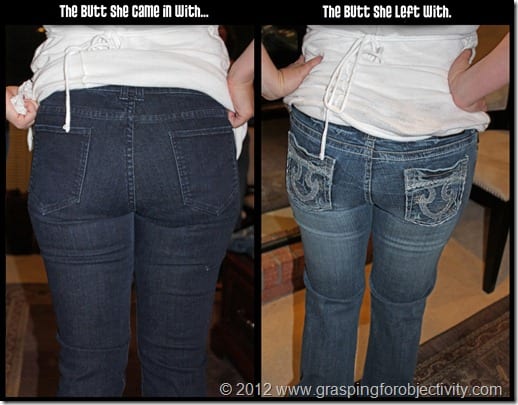I had to kill a very large spider this morning…out of my children’s bathtub.
Then, I had to dismantle his carefully constructed home, saliva-web-piece by saliva-web-piece, before I could start their bath.
This COULD be considered a sign that I don’t bathe my children often enough. Or perhaps it’s just a sign that I have the patience to wait for them to properly age before washing away their slime and grime, revealing a perfectly cured child underneath.
Which brings me to a personal observation about parenthood. There are two distinct theories on child-bathing (particularly regarding pre-independent-bathing children).
1. The Shameful. These parents tend to think of children like a fine cheese, or perhaps a nice slab of steak. They appreciate the process of ripening, knowing not to disturb the sensitive process of marination until the time is right.
However, they also are burdened by the weighty assumption that they most likely bathe their children less than other parents, which makes them feel like less wholesome caretakers. So they either a) don’t mention their bathing choices, or b) whisper about it quietly, and then find themselves overjoyed when they realize that they’re not alone.
“We bathe our kids twice a week. I know we should probably do it more often, but it’s just so hard to get around to…”
“Us too!! In fact, we’re doing good if we bathe twice a week. I think your kids always smell wonderfully – you’d really never know!”
“Oh thank you for saying so. I’ve HEARD that there are people who bathe their kids every night…but surely not!!”
“No! I hope not!! Those poor children…scrubbed until they’re raw, probably!!”
The Ashamed fall into two sub-categories:
a) The Minorly Ashamed, which are typically every-other-night bathers, and
b) The Mega Ashamed: those who bathe their children…less. But of course they would prefer for me not to say exactly how much less. Because, after all, they’re ashamed.
(I would tell you which sub-category I fall into, but I’d be mega ashamed to admit it.)
Then, there are:
2. The Clean. These are the parents that actually do, for some unknown reason, bathe their children NIGHTLY. These people, I’m sure, disdain The Ashamed with all of their soul, reckoning them to be parents straight out of The Dark Ages.
“I bet they throw their kid’s dirty diapers out into the streets, too!!”
“If they even let them WEAR diapers!!”
However, this category is much smaller than it appears, because it unfortunately also includes a third category, The Liars, who falsely claim to bathe their children nightly due to their deep shame.
I have made it my mission in life (or perhaps a random diversion) to survey the world and determine the exact percentage breakdown between these categories. So far, my studies have delighted me, as I’ve come to find that most parents actually do fall into category one….and that’s despite the fact categories two and three are mashed together by virtue of definition.
So how about it? Which category do you fall into? Are you willing to admit it?? C’mon, make me feel better about myself and the spider cohabitating bathtub.
(See? Even though I know I’m not alone, I’m still ashamed.)
The results of this survey are available here.


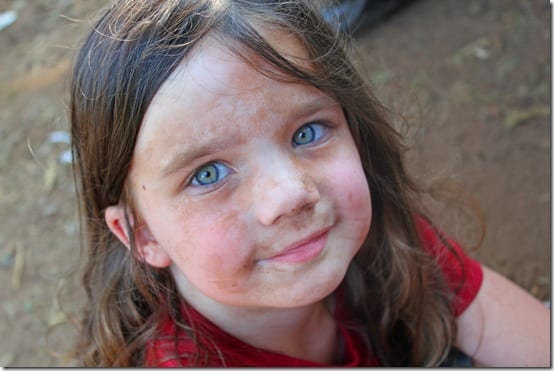

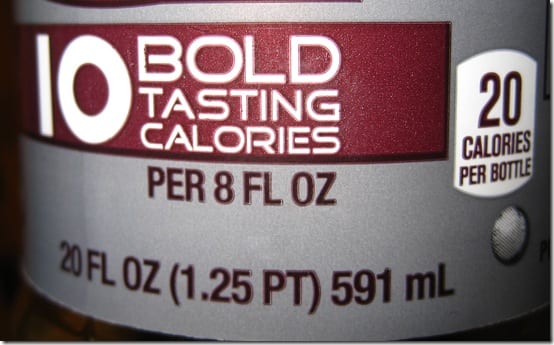
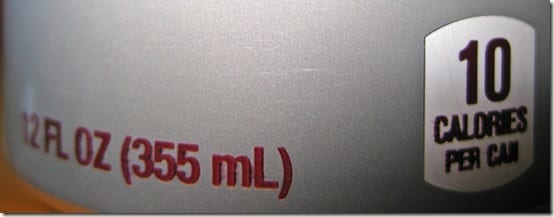

 I saw this factoid on Pinterest.
I saw this factoid on Pinterest.


